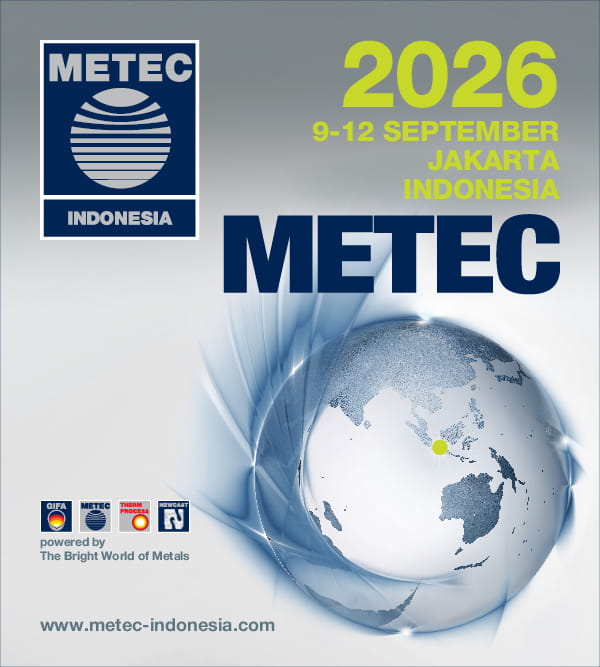

The concept of a circular economy in metallurgy is gaining traction as industries seek sustainable ways to manage resources and reduce waste. Unlike the traditional linear model of "take, make, dispose," a circular economy emphasizes the continual use of resources through recycling, reuse, and regeneration. This approach not only mitigates the environmental impact of metal extraction and processing but also enhances economic resilience by creating value from waste and extending the lifecycle of materials. Implementing a circular economy in metallurgy requires innovative practices and technologies to close the loop on metal usage.

Recycling is at the heart of a circular economy in metallurgy. It involves collecting and processing scrap metals to produce new products, significantly reducing the need for virgin raw materials and the energy required for extraction and processing.
Designing metal products with durability and ease of repair in mind ensures that they can be used for longer periods before being recycled. This reduces the demand for new metals and minimizes waste.
Efficiently recovering metals from end-of-life products, such as electronics and vehicles, ensures that valuable materials are not lost. Advanced separation and sorting technologies can enhance the recovery rates and purity of recycled metals.
In a circular economy, the by-products of one industrial process can serve as raw materials for another. This symbiotic relationship between industries reduces waste and maximizes resource utilization, contributing to a more sustainable metallurgical sector.
Conducting comprehensive lifecycle assessments of metal products helps identify opportunities for reducing environmental impact at every stage, from production to disposal. LCA provides data-driven insights for improving sustainability practices in metallurgy.
Governments and organizations play a crucial role in promoting a circular economy through policies and incentives. Regulations that encourage recycling, subsidies for green technologies, and penalties for excessive waste can drive the adoption of circular practices in metallurgy.
Adopting a circular economy in metallurgy presents a viable pathway to sustainability, economic resilience, and environmental stewardship. By focusing on recycling, designing for longevity, efficient material recovery, industrial symbiosis, lifecycle assessments, and supportive policies, the metallurgical industry can significantly reduce its ecological footprint. Embracing these principles not only preserves natural resources but also fosters innovation and creates new economic opportunities, ensuring a sustainable and prosperous future for the sector.
Be the First to Know: Get all the latest scoop and invites before anyone else!